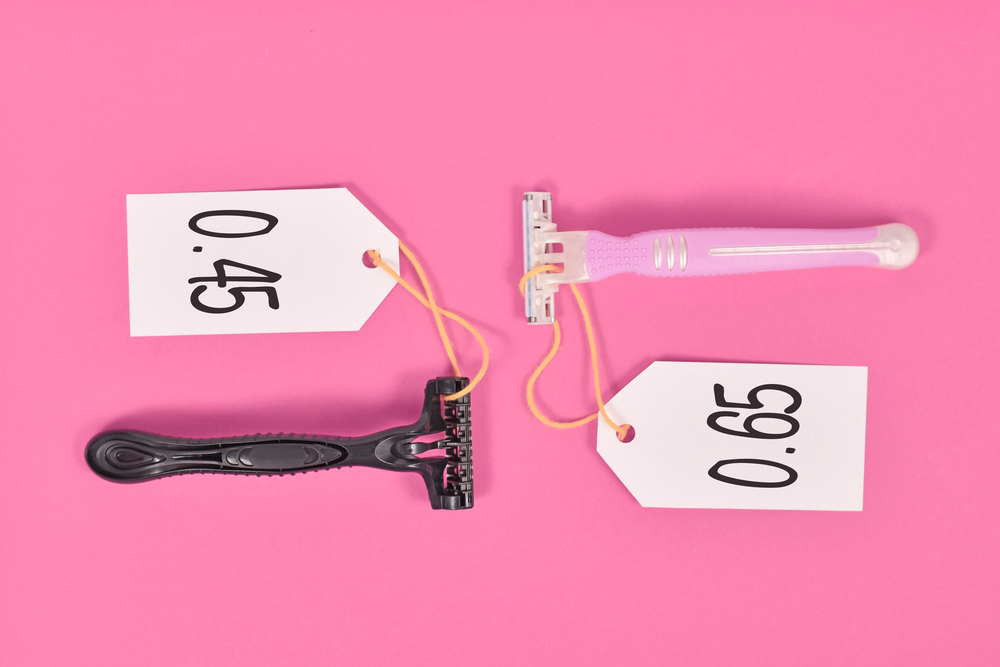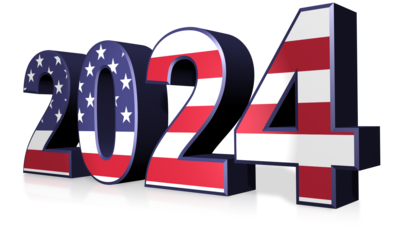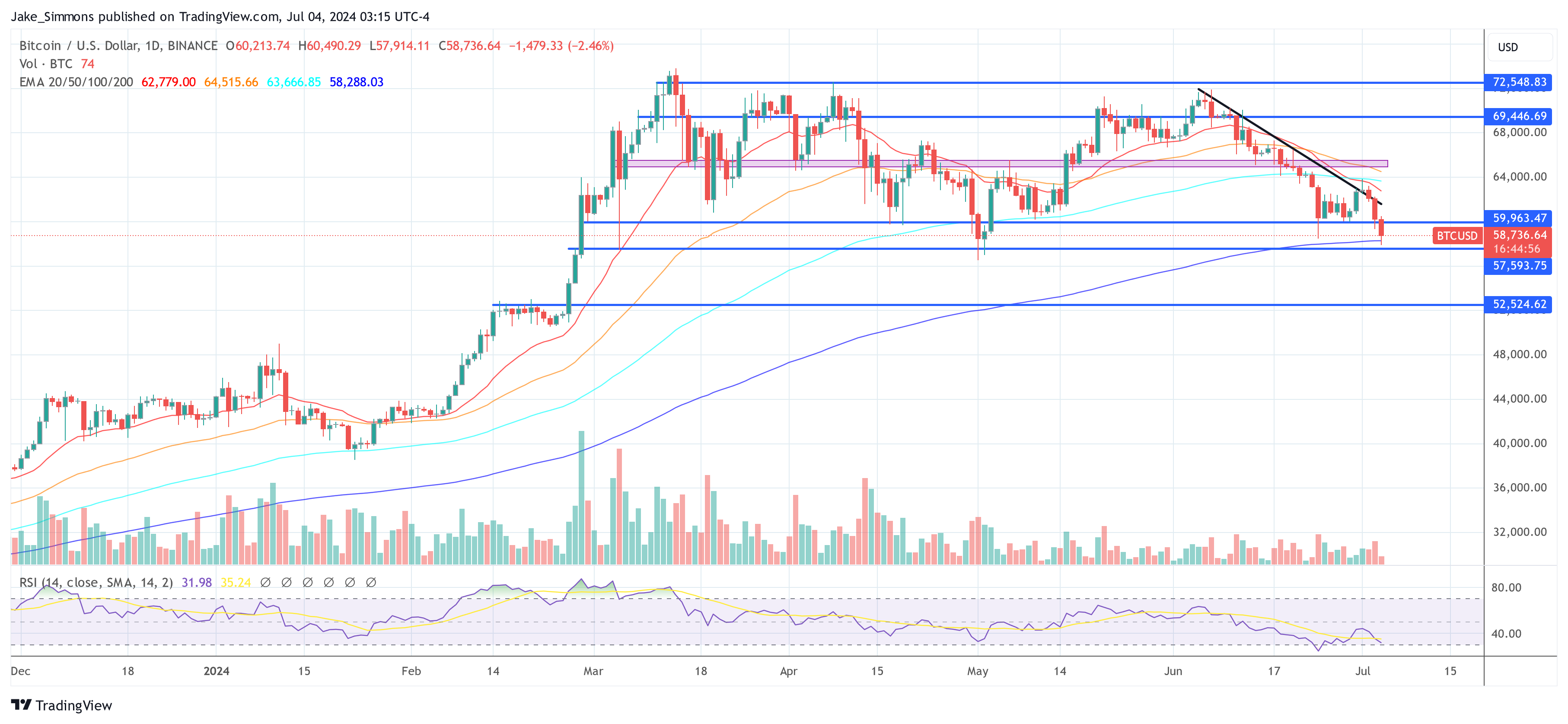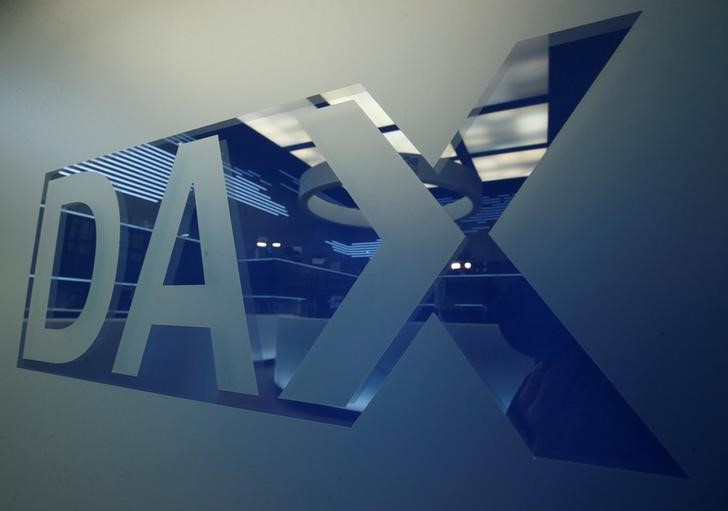Back in 2019, Minnesota’s Attorney General Keith Ellison tweeted:
Haircuts for women cost more than those for men. Also health care, car repairs, etc. That’s reality for the awesome @AOC and every other woman. It’s morally wrong and it threatens the economic security of women and everyone who depends on her income. It’s the “pink tax”.
What is the “Pink Tax”? Ellison’s hometown newspaper, the Star Tribune, explained recently:
Women pay thousands of dollars more than men each year for necessary items, an expense known as the “pink tax.” The disparity is particularly pronounced among consumer packaged goods: More than 80% of personal care products are gendered, according to a 2023 study that found “large price differences” between men’s and women’s grocery, convenience, drugstore and mass merchandiser products from the same manufacturer.
This presents something of a mystery. If, as the authors of the cited study, economists Sarah Moshary, Anna Tuchman, and Natasha Vajravelu note, “products targeted at women are more expensive than comparable products marketed toward men,” as the theory of the “pink tax” states, why do women not simply buy the “comparable” men’s products and stop paying the tax?
To solve this mystery, Moshary, Tuchman, and Vajravelu use “a national data set of grocery, convenience, drugstore, and mass merchandiser sales:” They “find that gender segmentation is ubiquitous, as more than 80% of products sold are gendered.” But crucially, they also find:
…that segmentation involves product differentiation; there is little overlap in the formulations of men’s and women’s products within the same category…we demonstrate that this differentiation sustains large price differences for men’s and women’s products made by the same manufacturer.
In short, the prices of men’s and women’s products differ because the products themselves differ. My wife could avoid paying the “pink tax” on haircuts by asking for a number three on top and number two on the back and sides. She does not.
Indeed:
In an apples-to-apples comparison of women’s and men’s products with similar ingredients, however, we do not find evidence of a systematic price premium for women’s goods: price differences are small, and the women’s variant is less expensive in three out of five categories.
The “pink tax” is a myth.
Moshary, Tuchman, and Vajravelu conclude that:
These results call into question the need for and efficacy of recently proposed and enacted pink tax legislation, which mandates price parity for substantially similar gendered products.
Indeed they do. That might explain why Attorney General Ellison has been silent on the “pink tax” these last five years.
“I always tell women and nonbinary folks: Feel free to buy the cheaper products that are marketed toward men for yourself,” Kara Pérez, founder of financial education company Bravely Go, told the Star Tribune. That is sound financial advice, but Moshary, Tuchman, and Vajravelu’s research indicates that it isn’t likely to save the cost-conscious consumer an awful lot of money. If those bills really were laying on the sidewalk, women are smart enough to have picked them up by now.
John Phelan is an Economist at Center of the American Experiment.
























